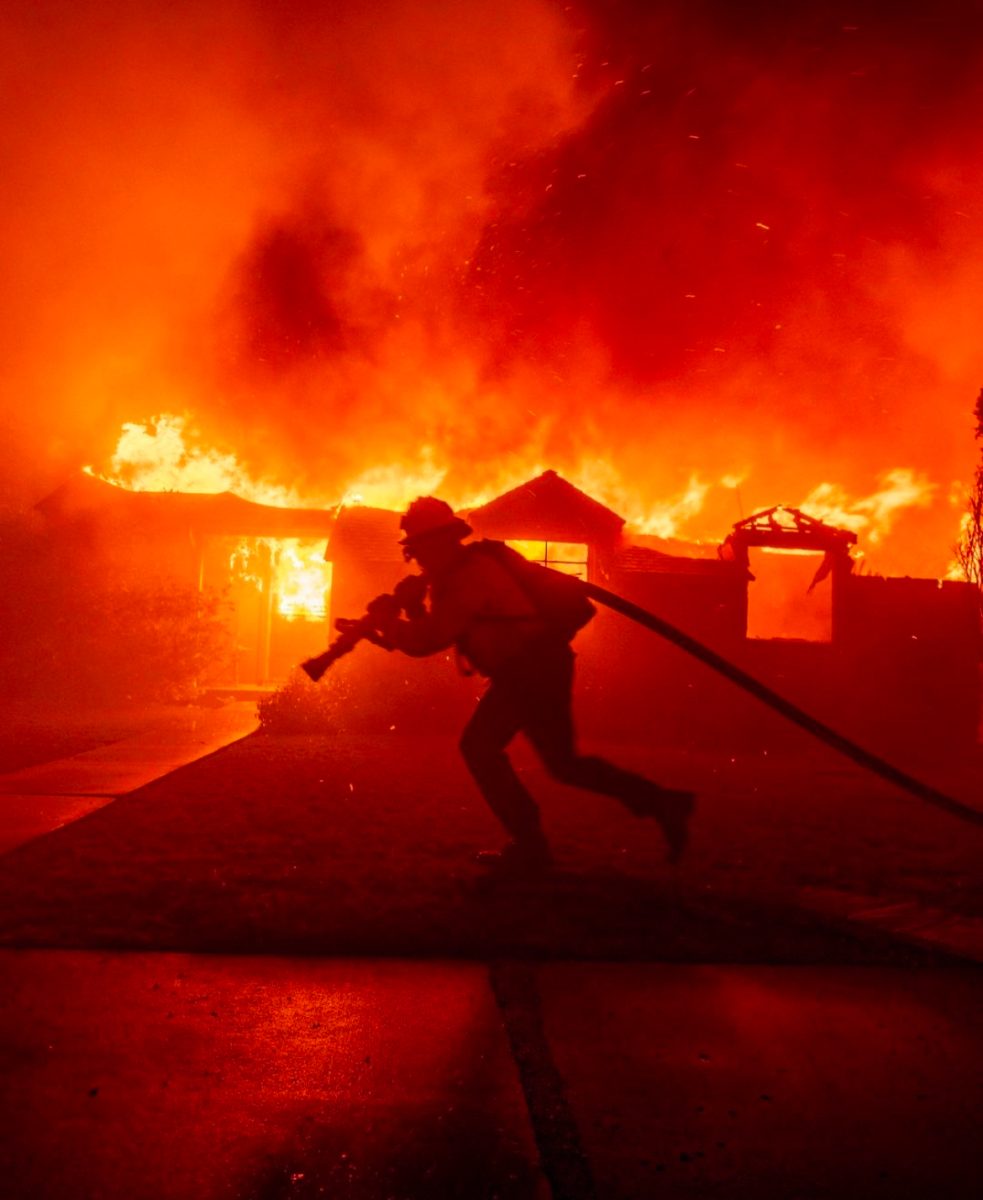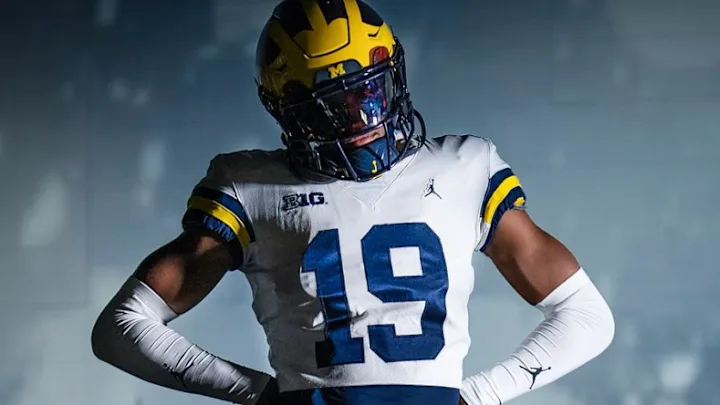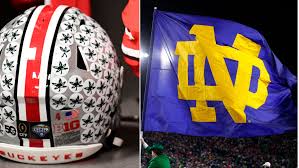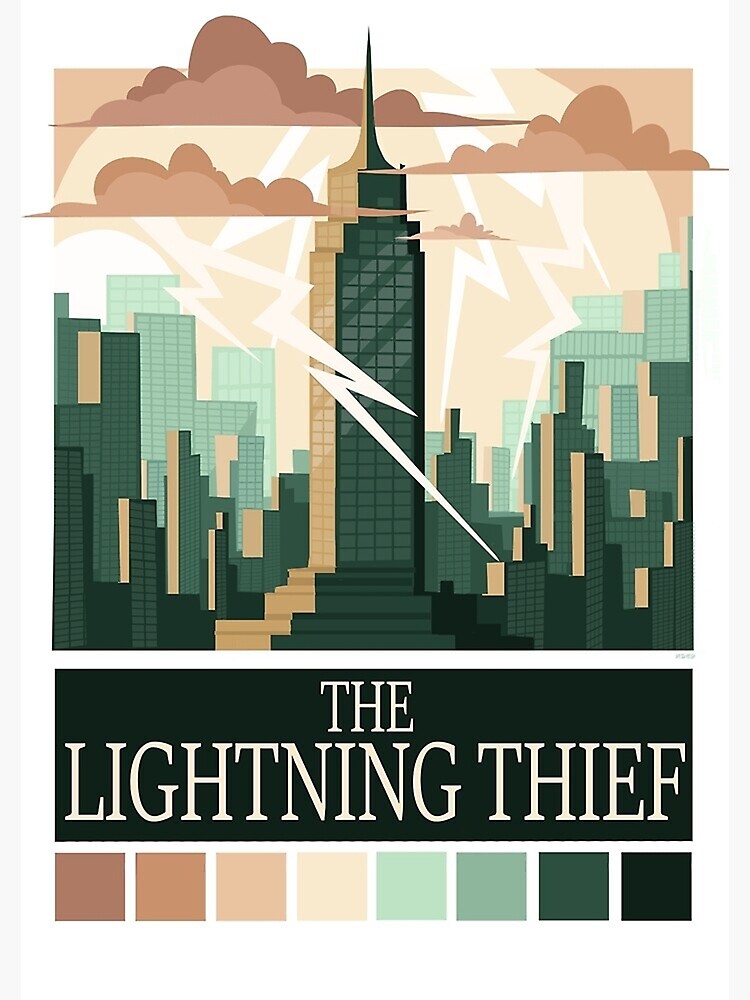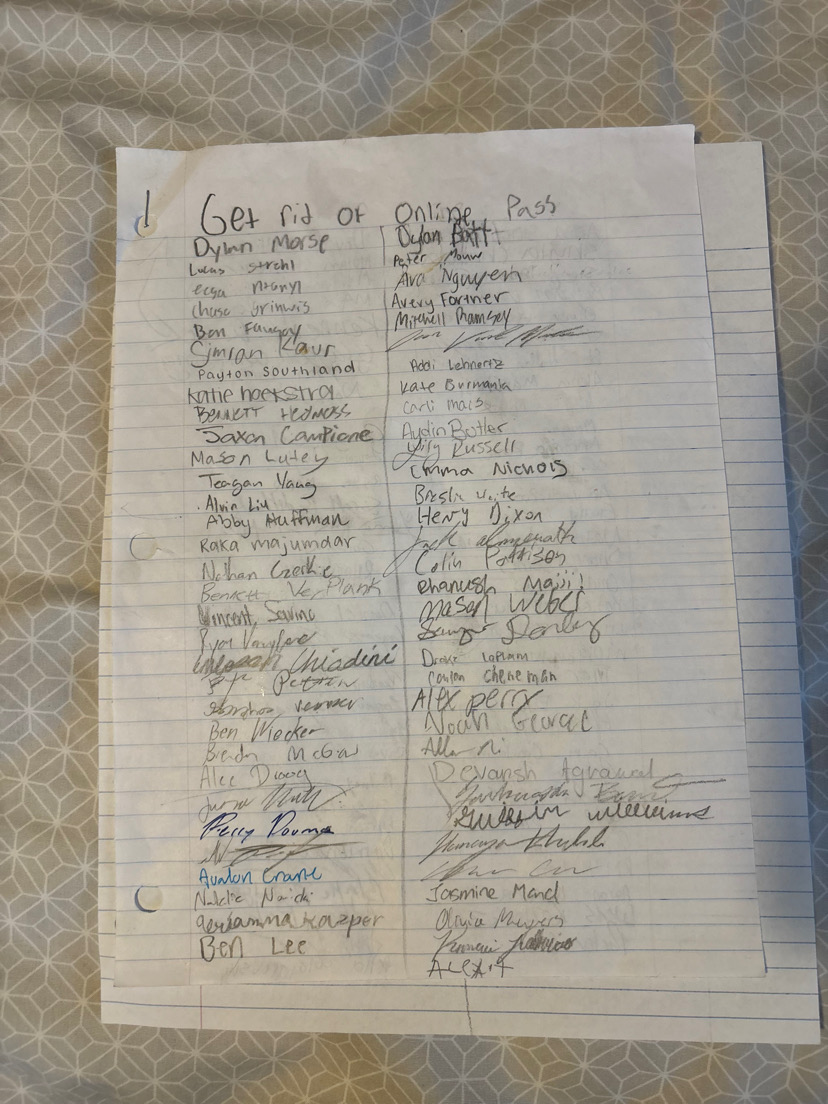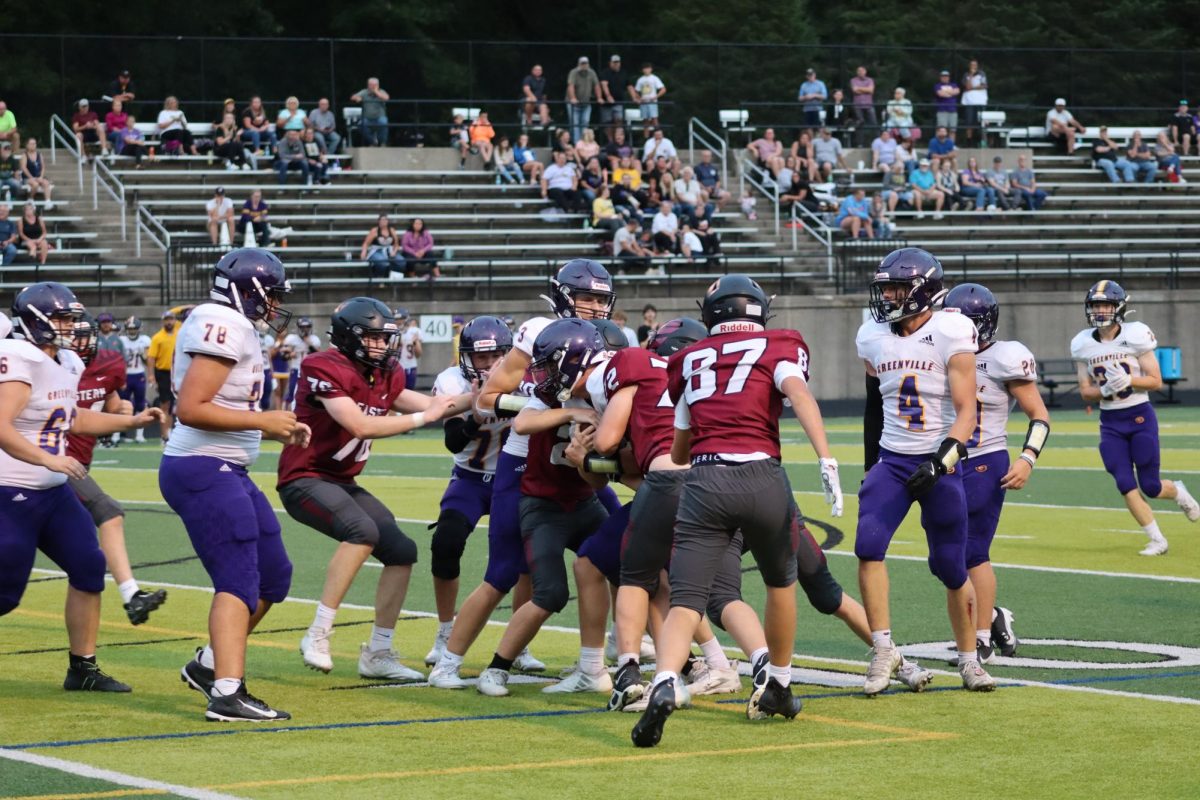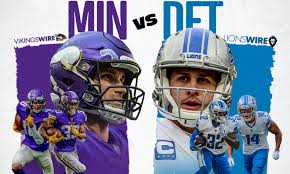Pro football has been greatly missed by fans worldwide and the wait is finally over. The league has branched out further than expected, with both new game locations and gameplay, the season is gearing up to be electric. Week 1 kicked off with an AFC Championship rematch between the defending Super Bowl champion Kansas City Chiefs and the shifty Baltimore Ravens, led by reining MVP Lamar Jackson. These teams are both in the hunt to hoist the Lombardi trophy by the end of the season. The dueling quarterbacks are in a league of their own and showed off why in a classic matchup. Football fans preparing for their team’s games had the unique ability of experiencing a historic, new type of kickoff — a huge change to a major part of the game that hasn’t been seen since the implementation of the forward pass.
The kickoff has recently been a point of contention in the NFL. The old version of the play involved the kicking team lining up on the 35-yard line as the ball was booted toward the receiving team’s endzone, in which they could choose to receive the ball and run it out with a team of blockers or waive for a fair catch and have the ball automatically on the 20-yard line. The play was heralded as “boring” and “out of place” in football due to the low return rates and the grotesque number of injuries in the play. To combat this, team owners came up with a brand new play named the “Dynamic Kickoff”, which was created by the commissioner and numerous special team’s coaches around the league. The kickoff includes new types of alignments and zones. The new alignment on the play entails the kicker lining up on their 35-yard line, same as old, but instead of having their gunners next to them, they are lined up on the opponent’s 40-yard line while the receiving team is on their own 35. This entails close-quarter blocking for the receiving team as they no longer sprint up and at an opposing team’s gunners. The receiving team must have at least 9 players on the 35, leaving the option to have 2 players eligible to return. The other major part of the kickoff is the implementation of the “landing zone” for the receiving team. The landing zone is described as the space from the receiving team’s goal line to their 20-yard line. Kicks that are short of the landing zone are treated as out of bounds, with the ball automatically being spotted at the 40-yard line. Kicks that fall inside the landing zone must be returned. Exemptions to the rule are when the ball hits in the landing zone and rolls into the endzone, hits in the endzone, or goes out the back of the endzone. Most of these situations end with the ball being placed on the 20 or 30-yard line.
These changes rid the NFL of the boring fair catches and occasional kick returns that litter the game currently, now giving fans the action-packed beginning to games that they’ve been begging for. Long gone are the days of people staring at their phones for the first few minutes of a game due to extreme boredom. The dynamic kickoff looks to usher in a new era of special teams—for the sake of all of football.

